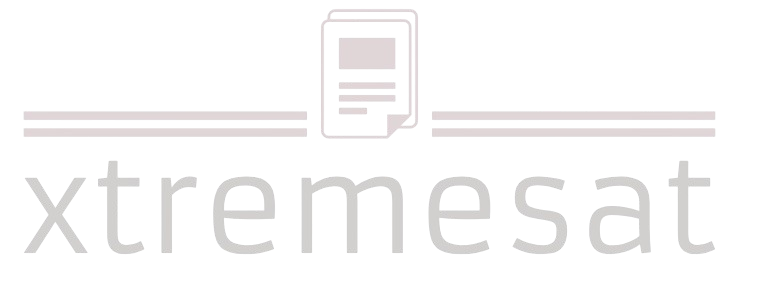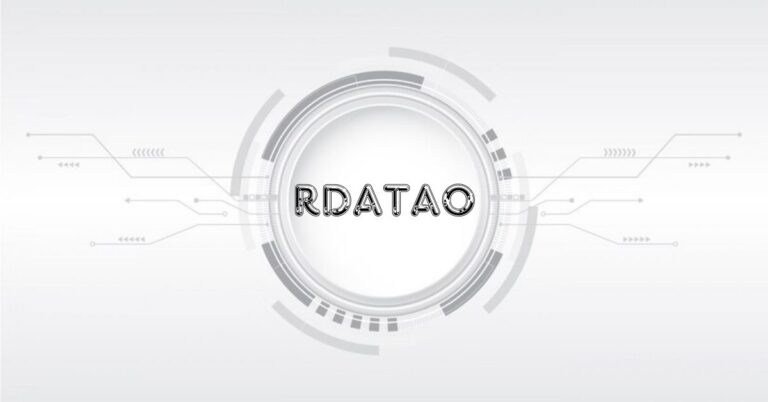rdatao is a fascinating and multifaceted concept that is gaining traction in various fields. But what exactly is rdatao? In essence, it represents a modern approach to managing and utilizing data, emphasizing efficiency, security, and innovation. As data becomes increasingly vital in our digital age, understanding and implementing rdatao can offer significant advantages to businesses and individuals alike.
Historical Background of rdatao
The origins of rdatao can be traced back to the early days of data management. Initially, it started as a simple method to organize and store data efficiently. Over the years, with advancements in technology, rdatao has evolved significantly. Key milestones include the development of sophisticated data algorithms, the integration of AI, and the adoption of cloud computing. These advancements have transformed rdatao into a powerful tool for data analysis and decision-making.
Core Principles of rdatao
At its core, rdatao revolves around several fundamental concepts. These include data integrity, accuracy, and accessibility. By adhering to these principles, rdatao ensures that data is reliable and can be utilized effectively. Key practices involve regular data audits, robust encryption methods, and streamlined data access protocols. These practices help maintain high standards of data management, making rdatao an essential component in modern data strategies.
Applications of rdatao
The applications of rdatao are vast and varied. In the healthcare industry, for example, rdatao helps in managing patient records efficiently, ensuring accurate diagnoses and personalized treatments. In finance, it aids in fraud detection and risk management. The retail sector uses rdatao to analyze consumer behavior and optimize inventory management. These are just a few examples of how rdatao is transforming different industries by enhancing their data handling capabilities.
Advantages of Implementing rdatao
Implementing rdatao offers numerous benefits. For businesses, it means improved decision-making capabilities, increased operational efficiency, and enhanced customer satisfaction. By leveraging rdatao, companies can gain valuable insights from their data, leading to better strategic planning and competitive advantages. Additionally, rdatao helps in reducing costs associated with data breaches and ensures compliance with data protection regulations, further boosting business productivity.
Challenges in Adopting rdatao
Despite its benefits, adopting rdatao comes with its own set of challenges. One common obstacle is the resistance to change within organizations. Many businesses are hesitant to overhaul their existing data management systems. Another challenge is the lack of skilled professionals who are proficient in rdatao practices. To overcome these challenges, organizations can invest in training programs and gradually integrate rdatao into their operations, ensuring a smooth transition.
Future Trends in rdatao
The future of rdatao looks promising, with several emerging trends poised to shape its trajectory. One such trend is the integration of blockchain technology, which can enhance data security and transparency. Another is the increasing use of AI and machine learning to automate data analysis processes. As these technologies continue to evolve, rdatao will likely become even more efficient and powerful, offering new possibilities for data management and utilization.
Case Studies of Successful rdatao Implementation
Several organizations have successfully implemented rdatao, yielding impressive results. For instance, a leading e-commerce company used rda’tao to streamline its supply chain operations, resulting in a 20% reduction in costs and a 15% increase in customer satisfaction. Another example is a healthcare provider that adopted rdatao to manage patient data, leading to improved treatment outcomes and enhanced data security. These case studies highlight the practical benefits of rdatao and provide valuable lessons for other organizations.
How to Get Started with rda’tao
Getting started with rdatao involves several steps. First, it’s essential to assess your current data management practices and identify areas for improvement. Next, develop a clear strategy that outlines your goals and the resources needed. Invest in the right tools and technologies, and provide training for your staff to ensure they are equipped to handle rda’tao practices. Finally, regularly review and update your rdatao strategy to keep pace with technological advancements and changing business needs.
Best Practices for rdatao
To effectively implement rdatao, it’s crucial to follow best practices. This includes maintaining data quality by regularly cleaning and validating data. Ensure robust data security measures are in place to protect sensitive information. Foster a culture of data literacy within your organization, encouraging employees to understand and utilize data effectively. Additionally, stay updated with the latest developments in rda’tao to continuously improve your data management practices.
Role of rdatao in Data Management
rdatao plays a pivotal role in data management by enhancing data quality and ensuring data security. By implementing rda’tao practices, organizations can achieve greater accuracy and reliability in their data, leading to better decision-making. Furthermore, rda’tao helps in safeguarding data against breaches and unauthorized access, ensuring compliance with data protection regulations. This dual focus on quality and security makes rdatao an indispensable part of modern data management strategies.
rdatao and Artificial Intelligence
The synergy between rdatao and AI is transforming the landscape of data management. AI technologies can process and analyze large volumes of data more efficiently than traditional methods. When combined with rdatao practices, AI can offer deeper insights and predictive analytics, helping organizations make more informed decisions. This integration is paving the way for advanced data solutions that can adapt and respond to changing business environments dynamically.
rdatao in the Global Market
The global market for rdatao is expanding rapidly, driven by the increasing importance of data in various sectors. Market trends indicate a growing demand for rda’tao solutions, with significant investments being made in this area. Regional analysis shows that North America and Europe are leading in rda’tao adoption, while Asia-Pacific is emerging as a key player. These trends underscore the global recognition of rdatao’s value and its potential to drive economic growth.
Educational Resources on rda’tao
For those interested in learning more about rda’tao, numerous educational resources are available. Books, online courses, and tutorials offer in-depth knowledge and practical skills. Communities and forums provide platforms for discussion and knowledge sharing. Engaging with these resources can help individuals and organizations stay updated with the latest trends and best practices in rdatao, ensuring continuous improvement and innovation.
Conclusion
rdatao represents a modern and efficient approach to data management, offering numerous benefits and applications across various industries. By understanding its core principles, leveraging its advantages, and overcoming challenges, organizations can harness the power of rda’tao to drive innovation and growth. As the field continues to evolve, staying informed and adaptable will be key to reaping the full benefits of rdatao.
FAQs
What is the primary purpose of rda’tao?
The primary purpose of rda’tao is to enhance data management by ensuring data integrity, accuracy, and security, thereby improving decision-making and operational efficiency.
How can businesses benefit from rda’tao?
Businesses can benefit from rda’tao through improved data quality, better strategic planning, increased productivity, reduced costs, and enhanced customer satisfaction.
What are the common challenges in adopting rda’tao?
Common challenges include resistance to change, lack of skilled professionals, and the need for significant investment in new technologies and training.
Where can I learn more about rda’tao?
You can learn more about rda’tao through books, online courses, tutorials, and by participating in communities and forums dedicated to data management.
What is the future of rda’tao?
The future of rda’tao is promising, with emerging trends such as the integration of blockchain and AI expected to further enhance its capabilities and applications.

